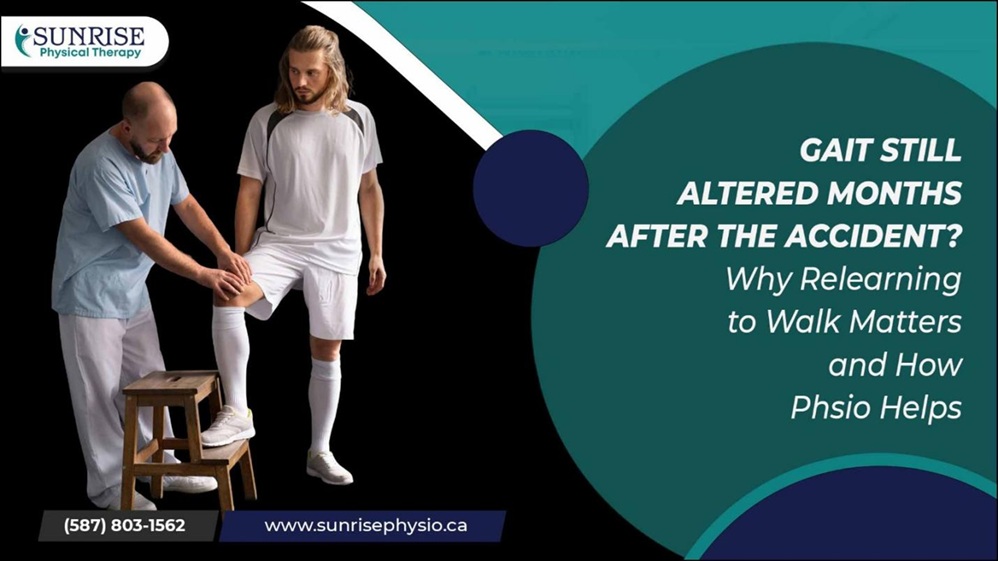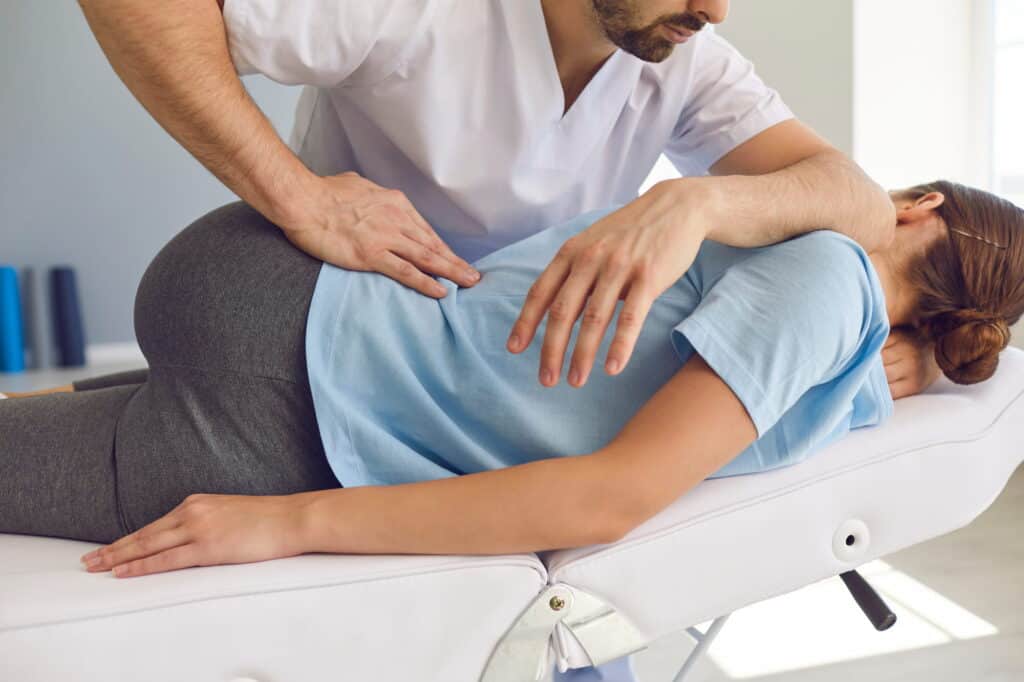Gait Still Altered Months After the Accident? Why Relearning to Walk Matters and How Physio Helps
Following a car accident, the visible injuries tend to receive all the attention—bruises, breaks, and perhaps a few neck braces. But what about walking? For many, gait changes creep in like a stealthy thief, challenging to notice initially but intrusive over time. Suddenly, walking no longer feels automatic.
An altered gait may not cause immediate distress, but it can quietly create long-term issues—from instability to muscle strain. This is where Motor Vehicle Accident Physiotherapy in Spruce Grove becomes critical. It helps restore natural walking patterns and ensures that recovery doesn’t end at “no more pain.”
Still Limping? The Lingering Impact of Car Accidents on Gait
Car accidents tend to leave more behind than the naked eye can see. After soft tissue or bone injuries have healed, the nervous system can still be out of sync. The body creates protective compensation patterns, altering how weight is shifted or muscles fire when walking. The shifts will continue, even without the need to do so.
Gait Dysfunctions—What They Look Like
Some post-accident gait abnormalities are glaring, such as a limp. Others are subtle but significant. Here’s what to observe:
- Uneven strides or dragging of the feet
- Decreased arm swing
- Weight shifting to one side
- Walking with a broader or narrower base
- Stumbling or slapping of the feet regularly
These dysfunctions may not only impact walking, but they frequently result in post-accident mobility restriction and secondary pain.
Why Relearning to Walk Matters
The nervous system is smart, but not necessarily in your best interests. By motor learning, it memorizes the shortest path to travel without pain. That may involve learning an unbalanced or inelegant gait. These deeply ingrained habits are hard to change without deliberate retraining.
The Cost of Not Correcting Gait
If you don’t correct an altered gait, you risk overusing your joints, fatiguing your muscles, and developing long-term hip, knee, or lower back pain. Down the road, walking abnormally may heighten your risk for re-injury or restrict how active you’ll be in your life. Accelerated early post-accident rehabilitation that involves learning to walk again is essential to long-term mobility recovery.
Rewiring the Walk: The Science Behind Gait Retraining
Gait retraining alters walking patterns to improve efficiency and reduce injury risk, focusing on proper alignment and muscle activation.
The Brain-Body Connection
Gait isn’t just physical—it’s neurological. Each step entails intricate signals between the brain and muscles. Techniques applied in physiotherapy work towards neuroplasticity, allowing the brain to reorganize its movement control. This association is needed to correct entrenched dysfunctions in walking.
Functional Gait Analysis
Before planning, physiotherapists apply functional tests to monitor movement patterns. Certain tools and motion analysis help detect imbalances, compensations, and movement issues that are hard to see otherwise. From there, customized solutions are developed to restore symmetry and stability.
Step by Step: Physiotherapy Techniques to Restore Proper Gait
After a motor vehicle accident, physiotherapy plays a key role in restoring proper gait and addressing movement-related impairments.
Manual Therapy to Improve Joint Mobility
Injuries can lead to joint stiffness that limits natural movement. With manual therapy, physiotherapists apply hands-on methods to mobilize joints, reduce restrictions, and encourage fluid movement.
Neuromuscular Re-education
Walking is a rhythm, and occasionally, the rhythm must be relearned. Neuromuscular re-education applies discrete exercises and movements to retrain the way muscles and nerves talk to each other. These might include:
- Repetitive movement exercises
- Balance board exercises
- Light resistance exercises to provoke appropriate firing patterns
Gait Training Exercises
Customized gait training is at the heart of recovery. Depending on the individual, this might include:
- Treadmill walking with posture correction
- Step drills for limb coordination
- Resistance band exercises to strengthen weak muscles
- Mirror walking for giving visual feedback
Use of Assistive Devices (When Needed)
Occasionally, walkers or canes are added temporarily to support correct gait. Properly used, they are tools for training—not crutches, to gain confidence and muscle memory.
Proprioceptive Training
MVAs- Motor Vehicle Accidents, may interfere with the body’s sense of balance. Proprioceptive training, such as single-leg stands and wobble board activities, reteaches the body how to react to movement and off-level surfaces, ensuring safe gait.
Soft Tissue Mobilization
Injuries can lead to tightness or scarring. Myofascial release and trigger point therapy relax restrictions, decrease pain, and enhance mobility for improved gait patterns.
Core Stabilization Exercises
A stable core facilitates effective walking. Exercises like pelvic tilts and bridges improve trunk control, minimizing compensatory movements and enhancing gait fluidity.
Functional Movement Training
Simulated movements of everyday life—such as stepping, turning, and bending—assist patients in regaining confidence and functional walking capacity.
Vestibular Rehabilitation
In post-MVA dizziness, vestibular rehab involves gaze stabilization and head movement exercises to restore balance and avoid unsteady gait.
Therapeutic Modalities
TENS, ultrasound, and heat/cold therapy assist in controlling pain and inflammation, paving the way for active rehabilitation.
When to Seek Help: Warning Signs of an Altered Gait
Still feeling “off” while walking months after an accident? These could be signs of post-accident gait changes:
- Limping or uneven step pattern
- Leaning to one side
- Foot-dragging or catching
- Pain while walking
- Uneven wear on shoes
Consulting a physiotherapist can help detect and correct these early before they lead to further issues.
Long-Term Benefits of Early Intervention
Early gait correction decreases compensatory strain and enhances overall movement efficiency. Early Motor Vehicle Accident Physiotherapy in Spruce Grove can speed up the return to daily activities, avoid long-term complications, and enhance confidence in walking again.
Walk Strong, Walk Smart—Reclaim Movement After an MVA
Recovery isn’t just about being discomfort-free—it’s about moving naturally, confidently, and without compromise. Motor Vehicle Accident Physiotherapy in Spruce Grove helps retrain the body and brain for better movement. Sunrise Physical Therapy focuses on restoring function and addressing gait dysfunctions. Don’t ignore the subtle signs of movement issues. With the right support, it’s possible to regain normal movement, one step at a time. Take the first step toward recovery today.




